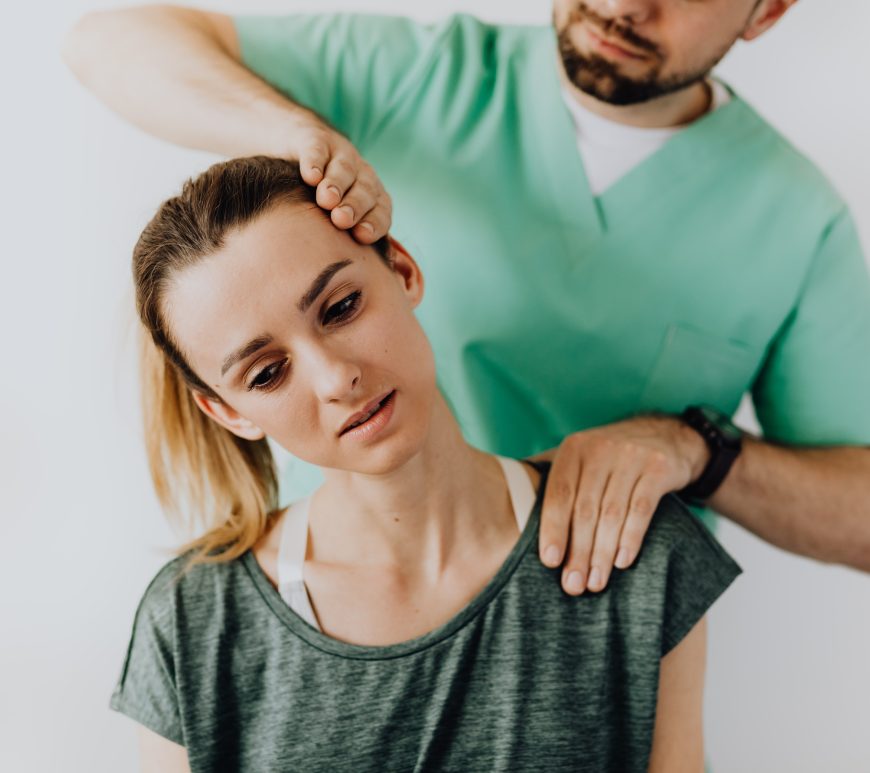Straight leg raise test 1 – Basic
Purpose of Straight leg raise test 1 – Basic: To test if the tension along the sciatic nerve, tibial nerve, L4,5,S1 nerve roots (1), conus medullaris (2) and the adjacent dura to the spinal cord (3) contribute to the neurologic symptoms associated with radiculopathy (4). Patient position: Supine lying. Examiner position: Standing beside the patient, at the side of the limb to be tested. Procedure: … Continue reading Straight leg raise test 1 – Basic
